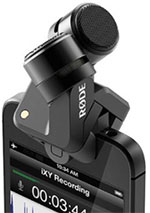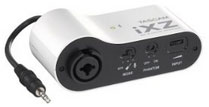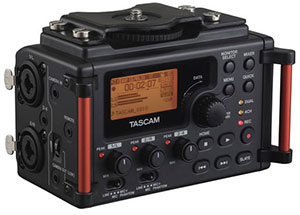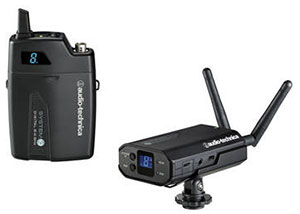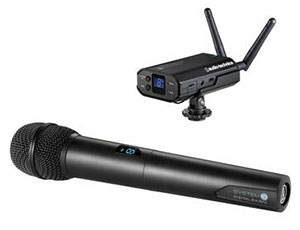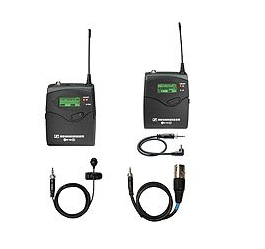
(Update: This deal is no longer available from B&H. But keep reading for info about how to use this gear for awesome audio on your videos).
Initially, this article was about a deal where you could get a free mobile handheld audio recorder if you purchased a Sennheiser Wireless Mic System. that deal is no longer available. But you can obviously still buy these two products separately, which I recommend for getting the best sounding audio on you videos.
I’m always talking about how rare it is – in this day of easy HD video – to hear decent audio on otherwise great-looking videos. See our post How To Get Good Audio On Your Videos for several ways to to fix this problem.
Two of my suggestions involve using a lapel mic (to solve the all-important issue of getting the mic close to you mouth), and recording the audio separately from the video (since even when a camcorder DOES have an external mic input, it records pretty noisy audio).
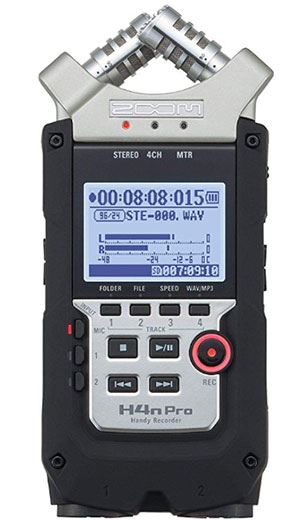
So in order to get the best quality audio, you record it onto a device that is specifically designed to record pro audio, such as a digital mobile recorder like the Zoom H4n. Then when you are editing/producing the video, you simply import the audio from the Zoom into the video program, just underneath the audio recorded by the camcorder’s built-in mic (which will almost certainly sound bad, with a far away, echo-y or reverb-y quality).
You can then sync the “good” audio up with the camcorder audio track and then mute/delete that camcorder audio, and presto! You’re left with a good video AND good audio.
With a wireless mic system combined with a Zoom H4N, you can do exactly as I describe above. The lapel mic will transmit to the wireless pack at the camera, which you then can record into the Zoom H4n. You won’t need to hunt for a camera with an external microphone input because you’ll have all you need to capture pro audio on all your videos.
Click here for more info on the Sennheiser wireless system and click here for the Zoom H4N.
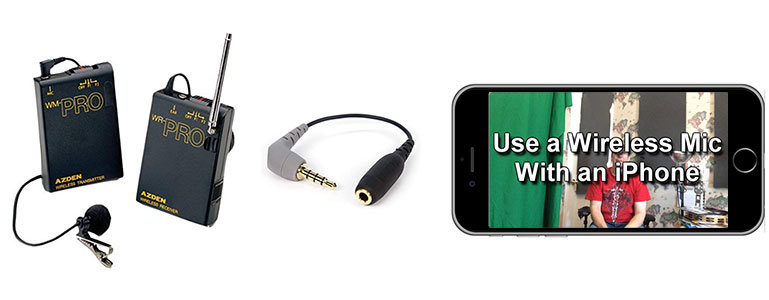 Looking for a wireless microphone for iPhone? Here is how to make any wireless mic work with an iPhone.
Looking for a wireless microphone for iPhone? Here is how to make any wireless mic work with an iPhone.